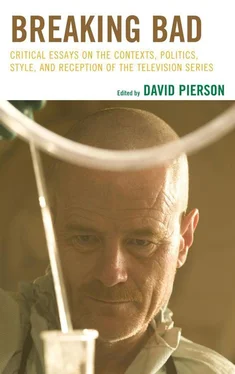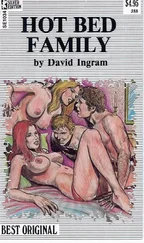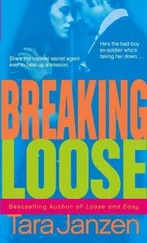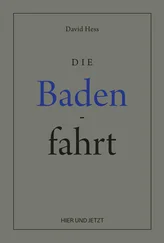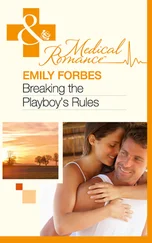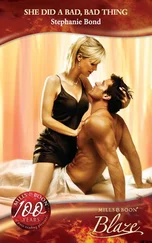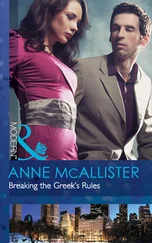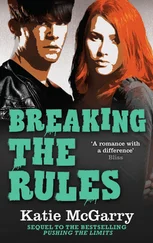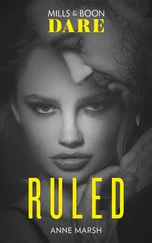Seven Thirty-Seven
Three sequences in the episode, “Seven Thirty-Seven” (3/8/09) of Breaking Bad demonstrate a forceful second-degree style. The first is an exterior sequence whose expressiveness is a product of the filming or the image; the second is an interior family sequence whose expressiveness is a product of the shot breakdown or of the decoupage ; [5] The French notion of découpage is different from filming ( tournage ) and editing ( montage ). It is the equivalent of storyboarding in its abstract form: to cut the filming in its pieces. In clear, the découpage is to the preview of the filming, what the editing is to its review: the first phase in the production process. For a detailed discussion of the notion see the translation notes of the work of Andre Bazin, What is cinema? by Timothy Barnard (2009). We would also like to thank Timothy for his translation work on this chapter.
and the third is a work sequence whose expressiveness is a product of the editing or of the montage. At the beginning of the episode, a long daytime sequence takes place in an auto junkyard showing Walter and Jesse meeting with Tuco and his men. From the start, the importance of the visual style is signaled by a reflexive gesture that appears unremarkable on a first viewing but is emblematic of our argument: Walter White removes his sunglasses and puts on his regular glasses. His gaze is thus situated by the mise en scène from the outset as being a structuring force. We are far from television fiction in which telephone calls are a privileged way of producing meaning. Then, a very high-angle medium-long shot recalls the opening sequences of films, especially westerns, and a superimposed credit informs us that the episode was directed by Bryan Cranston (Walter White), who chose this visual context for the appearance of his name, telling us a lot about his ambition. [6] We should point out that because the series is directed by the lead actor adds to the interest of our initial remarks. In fact we discuss how the mise en scène, by having Walter White take off his sunglasses and put on his regular glasses at the very beginning, restores the gaze as the structuring force. Here, precisely, the actor is the director. The gaze is also, we should doubtless note, a structuring force behind the camera.
The rest of the sequence demonstrates the director’s concern for setting the second season of Breaking Bad apart from the usual television fiction. We note, for example, accentuated low-angle shots, shots taken at ground level, centered and decentered compositions, staging in depth and leader blocking the field of vision. None of these techniques would betray the presence of subjectivity on their own, but their cumulative effect is to suggest that the mise en scène is trying to beexpressively stylistic and seeks to set itself apart from the norm in a significant way and to reflect an individual vision that interposes itself between the world and the public and imposes its point of view. We might say that these different shots, which take pleasure in showing us an otherwise conventional situation from more meaningful perspectives, form a treatise on second-degree style, right from the start. The mise en scene is keen to set out the terms of the contract in the opening sequence. This episode, the first episode of the second season, is designed to stand out from the norm to reflect the director’s view and to offer a second-degree style. Next, two shots confirm the desire to create reflexive structures that are certainly used to create meaning but which are also used to create presence. In the first, a corpse is slipped beneath an automobile. The position and mobility of the camera indicate that this is a point-of-view shot, while there is no one. In the second, Tuco continues his work in a very high-angle shot. The resulting view from on high gives his activity a futile character, but also gives the image a strong visual style. The aftermaths of the crime are thus shown from the most unusual angles possible in a broken up, if not to say distanced manner, as Brecht would describe it. Here the director has adopted an aesthethic posture—a distance from the action is created, as if to indicate its obscene nature, emphasizing that the point of view of the omniscient narrator is that of the auteur in the cinematic sense of the term: the author of the mise en scène. These two final shots, which Alfred Hitchcock would undoubtedly not have disdained, show that a formal reflexivity is also a human sensibility. Or, if one prefers, that the sequence ends on a point of view which editorializes on the situation and takes a position on it through visual style in order to touch the audience’s private thoughts.
Let’s turn now to the indoor sequence; studying it will enable us to dissipate any doubts. The director succeeded in achieving a second-degree style not only outdoors, where this is facilitated by being on a set without walls, but also indoors, in a studio, where the task is more difficult and television’s aesthetic is often zero-degree. This indoor sequence takes place in the home of a couple who are friends of the Whites, the Schraders. It opens on a slow tracking shot in extreme close-up, a kind of dynamic insert shot showing packages of sugar, and then comes upon a coffee cup upon which we can read an X-ray clinic’s advertising slogan: “We see right through you.” This opening shot is disconcerting in that it takes away our bearings and adds a touch of humor through the reference to Marie Schrader’s work. It forms a declaration of aesthetic principles. On the one hand, it imposes a point of view, which interprets the visible to the point of being opaque. On the other hand, it winks at the audience, who must carry out a second-degree reading for the reference to make sense. The second shot confirms this expressive ambition. Rather than showing a person speaking in a seated position facing the camera, as is usually the case in indoor scenes in soap operas and sitcoms, thereby limiting the scene’s expressiveness and centering our attention on the spoken word, it shows us Marie to the left in the background, shot from behind and in out of focus, and thus quite indistinct, calling the Whites by telephone, where the object is being in sharp focus to the edge of the frame in the foreground to the right. The shot thus becomes an exemplary illustration of second-degree style.
Following Western reading order, the usual orality is indeed obscured in favor of a visuality, which imposes the presence of subjectivity. In other words, the mise en scène shifts our interest in the character’s voice towards the gaze of the director and self-reflects its role as an orchestrator of meaning. What comes after this first part of the sequence enables the audience to see clearly, finally, while at the same time driving the point home. On the one hand, a shot of Marie handling the packages of sugar and a medium close-up of her speaking on the telephone from behind and to the side give viewers the information needed to fully grasp what is happening: Marie is simply calling Skyler and leaving her a message. On the other hand, we realize that everything was a skillful manipulation of the meaning orchestrated by the mise en scène. What might have been shown in the common zero-degree television style as a talk show here is shown in a second-degree as a visual show.
From an aesthetic point of view, the second part of the sequence is the opposite of the first. While the earlier part shows us disparate pieces, which must be pieced together to make sense, the later part consists of a deep-focus and immobile sequence shot that Welles would have approved. Here the mise en scène shows Marie, from behind, bustling about in the background; Hank, also seen from behind, enters from the right-hand foreground. Marie comes towards the camera and then turns to speak to Hank before leaving the frame facing the viewer. The mise en scène has given us another conversation without any shot isolating the character facing the camera while speaking. Of course the effect appears stylized, but we must admit that the angularity of the camera position, the characters’ positions in the space, Hank’s entry and movements, and Marie’s movements and exit, as well as the fact that most of the conversation takes place in the background, reminds us that we are far from a “white telephone” zero-degree style mise en scène. We thereby grasp the aesthetic strategy of this seemingly banal indoor scene: by being by turns too close to and then too far from the narrative situation, the mise en scène makes us think about its power to interpose its gaze and to impose its presence however it wishes. In this episode, the auteur-in-the-text gives itself a ticket to impose his presence at will.
Читать дальше
